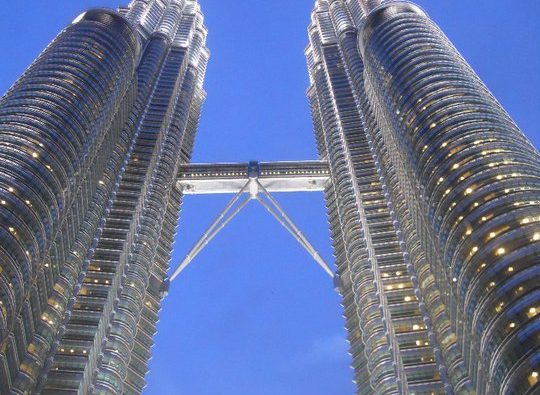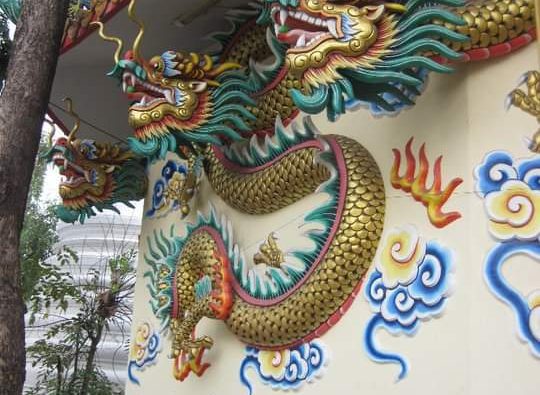As an Amazon Associate I earn from qualifying purchases. This page contains affiliate links, meaning if you click on a highlighted link or button and make a purchase, I will get a small commission. You can learn more in my affiliate disclaimer. Thanks so much for your support!
Page menu:
Overview – Seasons – To do – Costs – Tips – Resources
Australia is a vast and beautiful country with so much to explore. It has a special way of surprising you at every turn, and stunning views are shown off from every type of landscape that it offers. My best pieces of advice when visiting Australia are to 1) Delete all of your expectations-about the food, the people, the towns, all of it- because what you’re expecting my not be what you find. And 2) Open your mind and meet some local people-get to know their lifestyle and mindset to really understand the country.

Overview:
Language: English
Money: Australian Dollar (AUD)
Conversion rate: 1 USD= 0.68 AUD (As of Jan 2023)
Tipping: Not expected, but always appreciated. (Remember: Free walking tours are an exception to this. You should always tip your guide.)
Outlets: 230V “I” type. It looks like two slanted pins on top and one flat vertical pin on the bottom. You will need an adapter.
People: Australian people are nice, hold strong opinions and seem to have a good sense of right and wrong. They have a brash humor, so don’t be easily offended.
Safety: Australia is a safe country to visit, although be aware of the creatures that might harm you. Poisonous snakes and spiders hide in the bush and grass.
Water: The water is safe to drink, although the taste is not always fresh.
Emergency #: 000

Seasons of Australia:
Expect a little bit of everything from dry desert in the outback and intense heat and humidity in the North, to wet rainforest in Tasmania and cooler weather in the South, as the climate varys so much depending on the region.
The hard seasons are broken apart in the same way those of North America and Europe are, but the months are opposite.
Winter: June, July, August-These are the coldest months.
Spring: September, October, November-Transitions months with a good amount of rain.
Summer: December, January, February-These are the hottest months.
Autumn: March, April, May-Transition months from cooler to hot.
My recommended time to visit: Late Spring/Early summer=not too hot and not too many crowds. Bring a rain jacket if you plan to be in the south during this time. It’s also a good time to explore the North before summer heat sets in and humidity takes over. Pro tip: look for Jacarandas during early summer. They are beautiful and symbolic to Aussies from Sydney to Brisbane.
To do:

Go surfing. An iconic pass time for many Aussies, it would be silly to not take a lesson or rent a board for a few days.
Visit the outback. A must do when you are in the only country in the world that has a true “outback”. (Plan this portion of your trip according to the season. It can be dangerous to explore the outback in the heat of summer, for example.)


Move around. Popping into the cities is necessary and of course, there is a lot to see in them, but getting away from the crowds and visiting some smaller towns will give you a feel for the different lifestyles of the country.
Pro tip: Australia is so much bigger than you are anticipating and places are far apart. Take transportation times into account during planning to avoid changes in your itinerary. Flights are a good option, but can get expensive if you wait for the last minute to book them.
Check out these articles for more specific ideas:
Or book these tours to take the stress out of planning:

Costs:
Australia is likely much more expensive than you are anticipating. (It somehow fooled me & every other traveler I met into thinking our savings would cut it). My suggestion is to save up a bit more (double your savings if you can) and apply for the Work & Holiday Visa so you can make money as you explore.

Budget

Mid Range

High End
Food: Groceries are the most cost effective option, but Thai lunch deals run around $10AUD a plate. Meat pies=$5.50-$7AUD per.
Accommodation: Couchsurfing, Housesitting & Wooffing are free options.
Transportation: Walking is free, bike rentals & uber are cheap. Public transport in cities is great and just a few dollars per ride.
Activities: Hiking the bush, snorkeling, swimming in the sea, and city parks are free.
Food: Fast food is around $10-$25 per meal & Chain restaurants run $24-$40AUD a plate.
Accommodation: Hostel dorm beds start from $30AUD each. Airbnb from $50per night.
Transportation: Trains go long distance for $50-$300 depending on route. They can be long rides, so bring a book.
Activities: Half & full day tours cost around $150AUD for wine tasting, guided hikes, etc.
Food: Nicer/specified restaurants are closer to $60+AUD per dish. Set meal “Experiences” or “Banquets” can be $100-$500+AUD.
Accommodation: Small hotels start around $150AUD & large chain hotels run closer to $200+.
Transportation: Buying a campervan= $6000-$20000. But you can resell it at the end of your trip. Car rental starts at $30 a day.
Activities: Climbing harbor bridge=$350, stunt plane=$500, diving=$450, multi day excursions=$300+
Accommodation tip: Keep in mind, you get what you pay for when it comes to Aus accommodation. Saving a few bucks is always great when you’re traveling an expensive country, but don’t expect a ton of value (or cleanliness) from budget hostels.
Transportation tip: Renting/buying car is best. Fuel is expensive, but busses and flights are daunting, expensive and limit your exploration.
Packing for Australia
A few must-haves for your trip to Australia:

Tips:
1Learn a bit of the lingo. Aussies love to use slang and often shorten words or ad an “0” to the end. You will hear them ask “How ya goin?” and “you alright?” casually.
2 Try some of the local foods. Australia loves their BBQ. They are happy to grill up veggies, sausages and any other meats on request. Melting moments & Lamingtons are sweet treats with a bit of a history in Aus, and seafood is aplenty!
3 This is a surprisingly expensive country. If you are not on a work & holiday visa with the ability to make money, be sure to pad your savings before you leave home so you don’t have to say no to any once in a lifetime experiences.

Resources:
Real books that we used to plan and during our trip around Australia. I recommend them all!
















